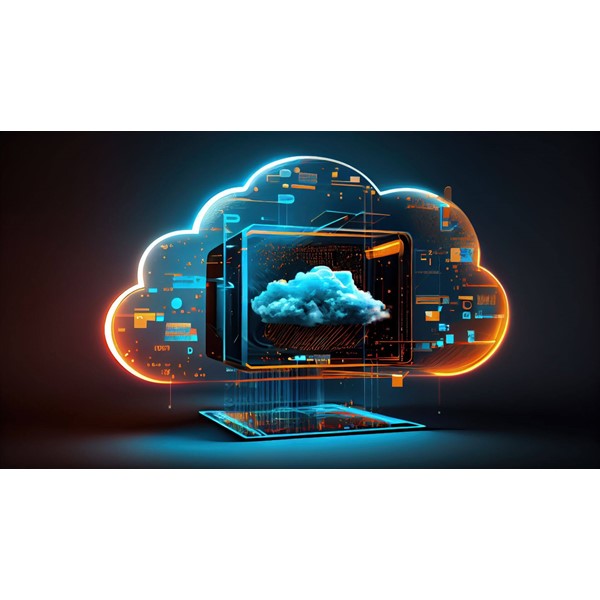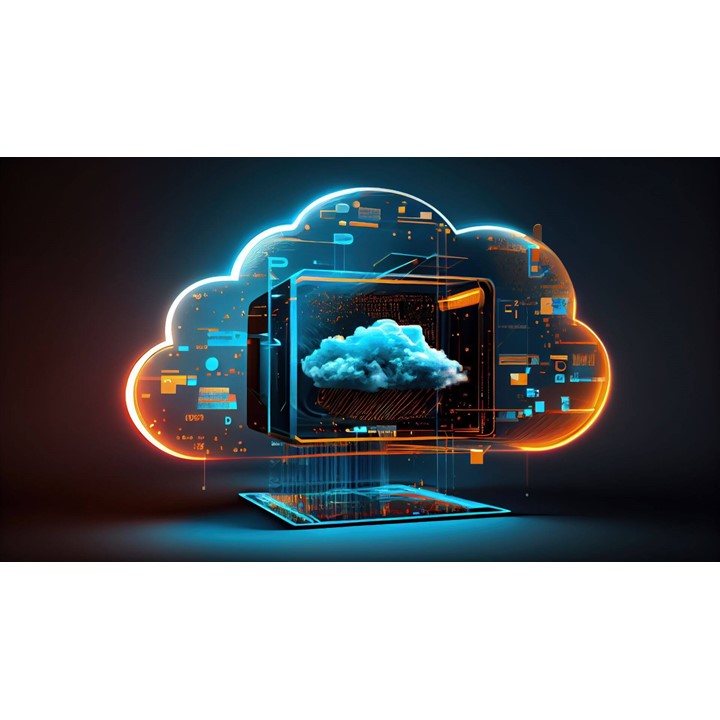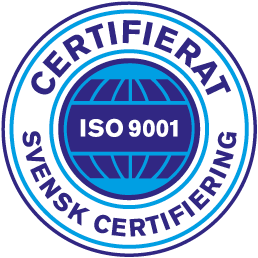Three reasons why you need to move your ERP system to the cloud
How many days can your company survive without a fully operating Enterprise Resource Planning (ERP) system?
The typical way of running an ERP system from a single on-premises server has long been the go-to solution for many companies. However, when your ERP is run this way and something goes wrong, it can take up to three days to fully reinstall it and recover data from backups. Cloud-based ERP implements several precautions for possible malfunctions and the recovery process is radically shorter. In addition, cloud-based ERP provides many more benefits for your company.
Three main benefits of moving your ERP to the cloud:
1. Business Continuity
An on-premises server is prone to a single point of failure at the hardware level. The failure of even one component can be disastrous for the operation of the system and cause several days of downtime. The cloud environment is fundamentally designed to be reliable, and the service also includes backups, the latest security updates, and monitoring. If something would go wrong in the cloud environment, downtime in the worst-case scenario is only mere hours compared to several days with the on-premises server. In a Software as a Service (SaaS) solution, such as our cloud-based Roima Lean System, the supplier manages the service. As a result, system performance is easier to manage, and resolving incidents is faster because the customer is no longer a proxy between software and infrastructure providers.
Fault tolerance can be easily improved by implementing ready-made tools from the cloud without significant investments. For example, you can store the data in separate physical locations, and improve the frequency of backups. Naturally, cloud services have different risks than traditional on-premises solutions, and that is why professional-level security controls are in place. Relating to that, it is important that companies are using fault-tolerant and high-quality network connections.
2. Performance and Scalability
A key advantage of the cloud solution is scalability. Performance is not tied to certain physical infrastructure, and it can be easily scaled up. Network latency is also reduced when a centrally located cloud data center is paired with web technology.
Cloud services are conducted with web technology and used within a browser. Because of that, end users can use the system wherever they want and with devices they prefer. A separate remote-use solution is no longer needed, and in practice, end users can access the service anywhere without the need for a VPN.
3. Predictable Costs
When a SaaS solution utilizes the cloud, costs are predictable and scalable. Pricing is based on the number of end users and the amount of stored data. Therefore, there is no longer any need to invest in individual licenses for different technical components, or infrastructure. Database licenses are also included in the service. SaaS solution is charged monthly, which means costs are easy to predict and manage.
After moving your traditional ERP to the cloud, most of the physical infrastructure needed in the previous on-premises solution can be decommissioned. Remote-use solutions do not have to be maintained anymore, and together these mean savings for technical infrastructure maintenance costs. The SaaS solution also frees up capital previously tied to your own IT infrastructure for more productive use.
Seamless Cloud Migration: Elevate Your ERP with Roima Lean System
Moving to a cloud solution is simple, and managing it is easier than before. Cloud-based ERP typically offers better usability, reliability, and security level compared to an on-premises solution. In addition, it provides other benefits compared to an on-premises solution. Roima’s ERP product Roima Lean System is available as SaaS solution. If you already have our Lean System, consider updating it to the cloud version.
After knowing the benefits of the cloud, it is easy to understand why many companies have already moved their ERP there. Here at Roima, we will gladly help you with the process. No matter if you have just started considering moving to the cloud, or you have already decided — we will make sure the transition goes smoothly for you.











